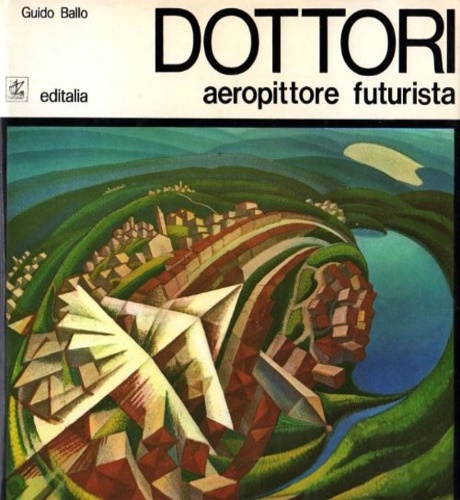 Ballo,Guido.
Dottori aeropittore futurista.
Ballo,Guido.
Dottori aeropittore futurista.
A cura di Tancredi Loreti. Roma, Editalia
1970,
cm.23x25,
pp.488, LXVIII tavv.a col. e 204 in bn. nt.,
legatura editoriale in tutta tela, sovraccoperta figurata a colori.
Monografia critica sull'opera dell'artista umbro contenente note autobiografiche, manifesto dell'aeropittura e bibliografia essenziale. Testo in italiano, inglese, francese e tedesco.
Usato, molto buono
Note: Esemplare con vecchia dedica alla prima carta bianca